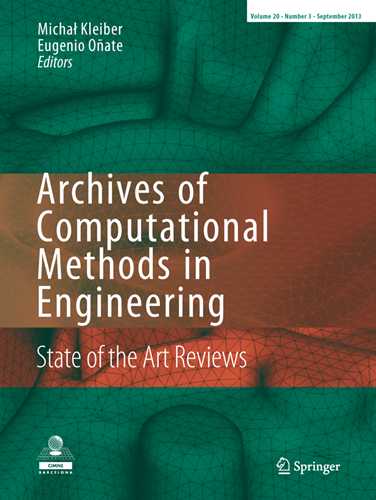Application of Deep Learning for Single Cell Multi-Omics: A State-of-the-Art Review
Abstract
Since its inception in 2009 to being highlighted as the method of the year in 2013, single cell sequencing technology has shown tremendous potential to study various omics profiles or data at an unprecedented resolution. The advances in single cell technology have led to the development of multi-omics techniques which can profile more than one modality from a single cell simultaneously. Thus, providing a significant measure of information which can be utilized to study the cell state and functions eventually the disease and health. The multi-omics profiling has led to a significant increase in production of single cell data. The single cell data is complex due to the heterogeneous nature, thus offers various challenges to deal with such largely complex data. Several computational methods have been proposed to get insights from the single cell multi-omics data. A comprehensive review describing the methods would be great step towards the growth of the field of single cell analysis. Here we provide an in-depth survey of the deep learning computational methods for single cell applications. We provide a brief history of sequencing technologies with a timeline depicting the evolution of various profiling techniques developed over the time. We identify various deep learning techniques that have been employed for single cell applications. This paper presents in-depth survey of deep learning based methods for various downstream applications such as imputation, batch effect (BE) removal, single cell integration and more. We identify various challenges and issues associated with each application which are critical to be addressed. This review will serve as a source of knowledge for new researchers aspiring to begin their research journey in building computational methods to overcome various challenges faced by the field.

 求助内容:
求助内容: 应助结果提醒方式:
应助结果提醒方式:


